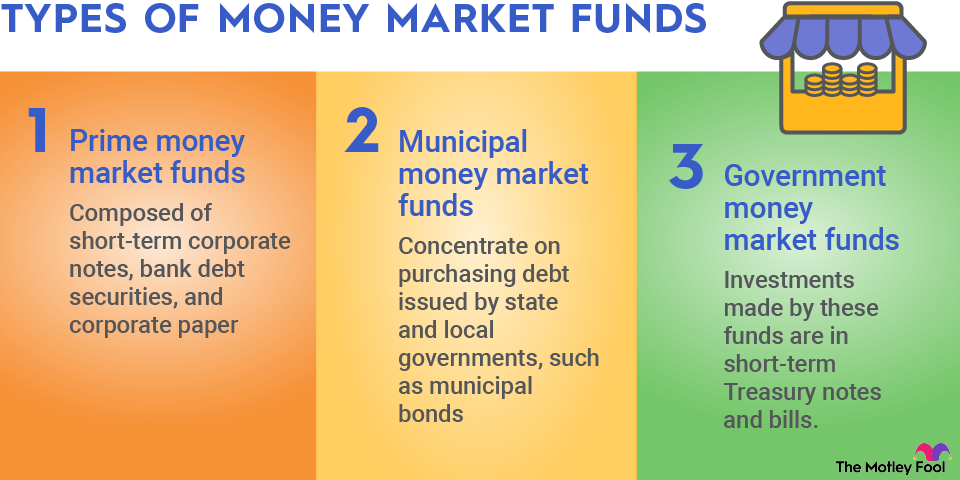
What makes Monero unique?
Most cryptocurrencies, despite some people's misconceptions, are anything but anonymous. They use blockchains to record transactions. Since these blockchains are public, anyone can view the amounts sent from one crypto wallet address to another. The wallet addresses could potentially be linked to real-world identities.
That's where Monero is different. Monero uses privacy-enhancing technologies to make its users and transactions anonymous, confidential, and untraceable. The sender, receiver, and amount of every transaction on the Monero blockchain are hidden.
The million-dollar question is if Monero is truly untraceable. To date, there's no evidence that anyone has been able to trace Monero. There are companies that claim they've developed Monero tracing methods, but no one has provided proof of tracking a Monero transaction from point A to point B.
On the other hand, Monero's own website states that nothing is 100% anonymous. It also leaves open the possibility that someone could figure out a way to infer information through the cryptocurrency's privacy layers. Although Monero seems to be the closest thing to untraceable right now, there are no guarantees of complete anonymity.
Where Monero came from
The idea behind Monero came from a 2013 white paper for a cryptocurrency protocol called CryptoNote. The author, who remained anonymous and went by the pseudonym Nicolas van Saberhagen, wrote about the importance of privacy and anonymity for a digital currency. They also pointed out that the traceability of Bitcoin (BTC -0.34%) was a critical flaw.
A user for the bitcointalk.org forum called "thankful_for_today" decided to use those ideas to create a crypto coin, BitMonero. When other forum users disagreed with thankful_for_today's plans for BitMonero, they forked it (split it off from the original protocol to form a new one). The fork became Monero, which means "coin" in Esperanto.
Monero launched on April 18, 2014. The founder and many in its core development team choose to remain anonymous.
How Monero works
Here are three technologies Monero uses to anonymize transactions:
- Stealth Addresses: Senders are required to create random one-time addresses for every transaction on behalf of the recipient. This prevents transactions from being linked to the recipient's public wallet address.
- Ring Signatures: Every transaction includes a ring signature with a group of users, including the actual sender who signed the transaction and multiple decoys. This prevents transactions from being linked to the sender.
- RingCT: Short for Ring Confidential Transactions, this technology encrypts transaction amounts so that only the sender and the recipient know how much was sent.
With the combination of these technologies, as well as the Invisible Internet Project (I2P) and Dandelion++, Monero is able to hide the sender, recipient, and amount of the transaction on its blockchain.
To process transactions, Monero uses the proof-of-work consensus mechanism. Like Bitcoin, it relies on cryptocurrency mining. Participants use mining devices to solve complex equations, with the winner earning the right to validate a block of transactions and earn rewards.
There's a key difference between Monero's proof-of-work algorithm and Bitcoin's. Monero's algorithm is resistant to ASICs, the high-powered machines designed specifically for mining cryptocurrency. Miners must use consumer-grade hardware, meaning CPUs and GPUs. Due to that characteristic, mining Monero requires significantly less energy than mining Bitcoin.
Monero’s partnerships
Monero hasn't had many big partnerships. That's due in part to its reputation since it's known for being a cryptocurrency used by criminals.
The most notable partnership initiative for Monero has been Project Coral Reef. Monero's developers collaborated with dozens of musicians for the cryptocurrency to be an accepted payment method in their online stores, as well as exchanges that include bisq, Local Monero, and Hodl Hodl.
Monero was briefly linked to the popular online battle game Fortnite in 2019. The game's official merchandise store started accepting Monero payments through a cryptocurrency payments provider. However, it turned out to be an accident, and Monero payments were quickly disabled.
Can I make passive income with Monero?
You can make passive income with Monero by lending it. There are multiple crypto lending protocols that support Monero, including CoinLoan and KuCoin. U.S. residents are prohibited from using KuCoin, but CoinLoan is an option.


















